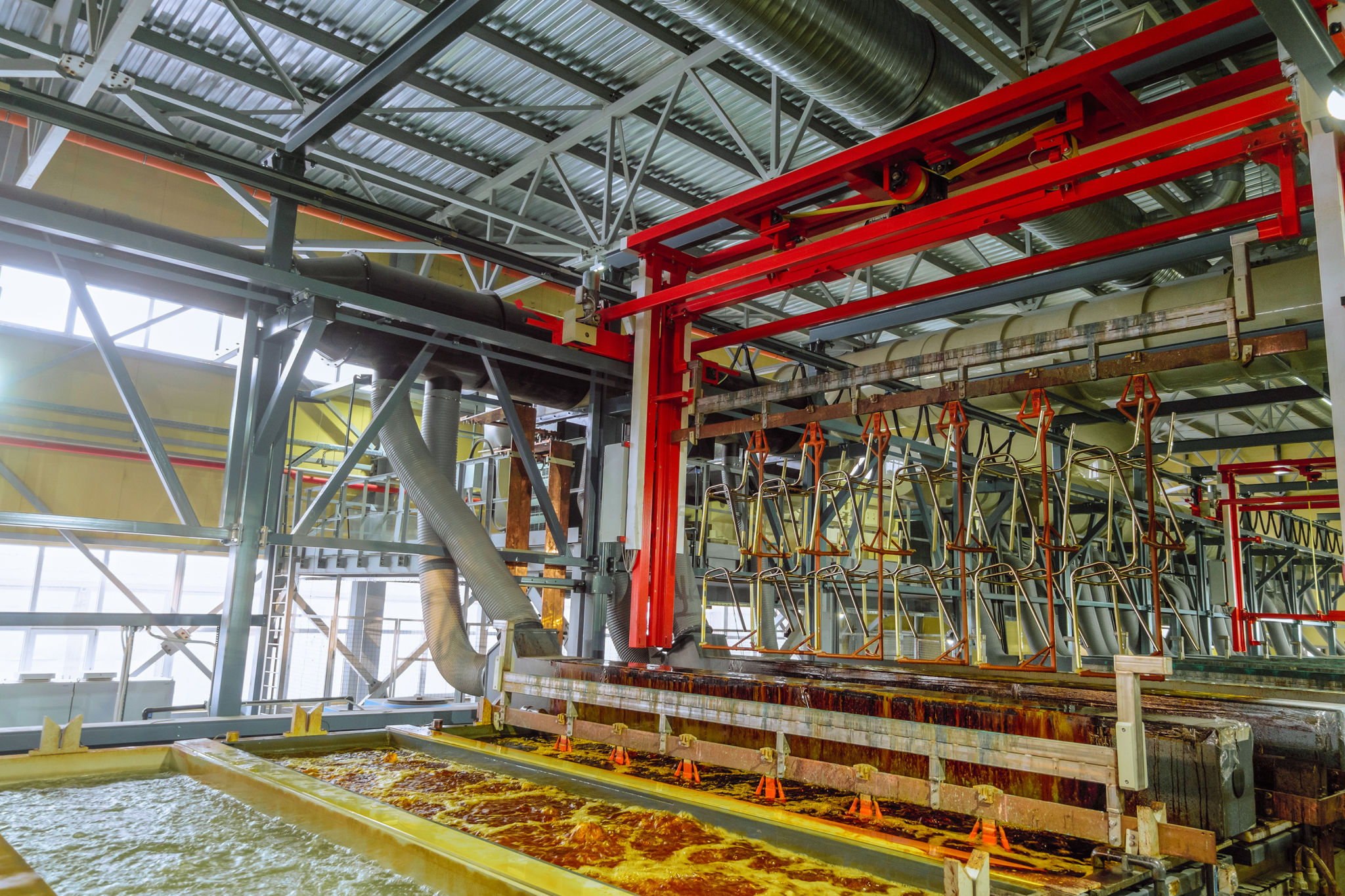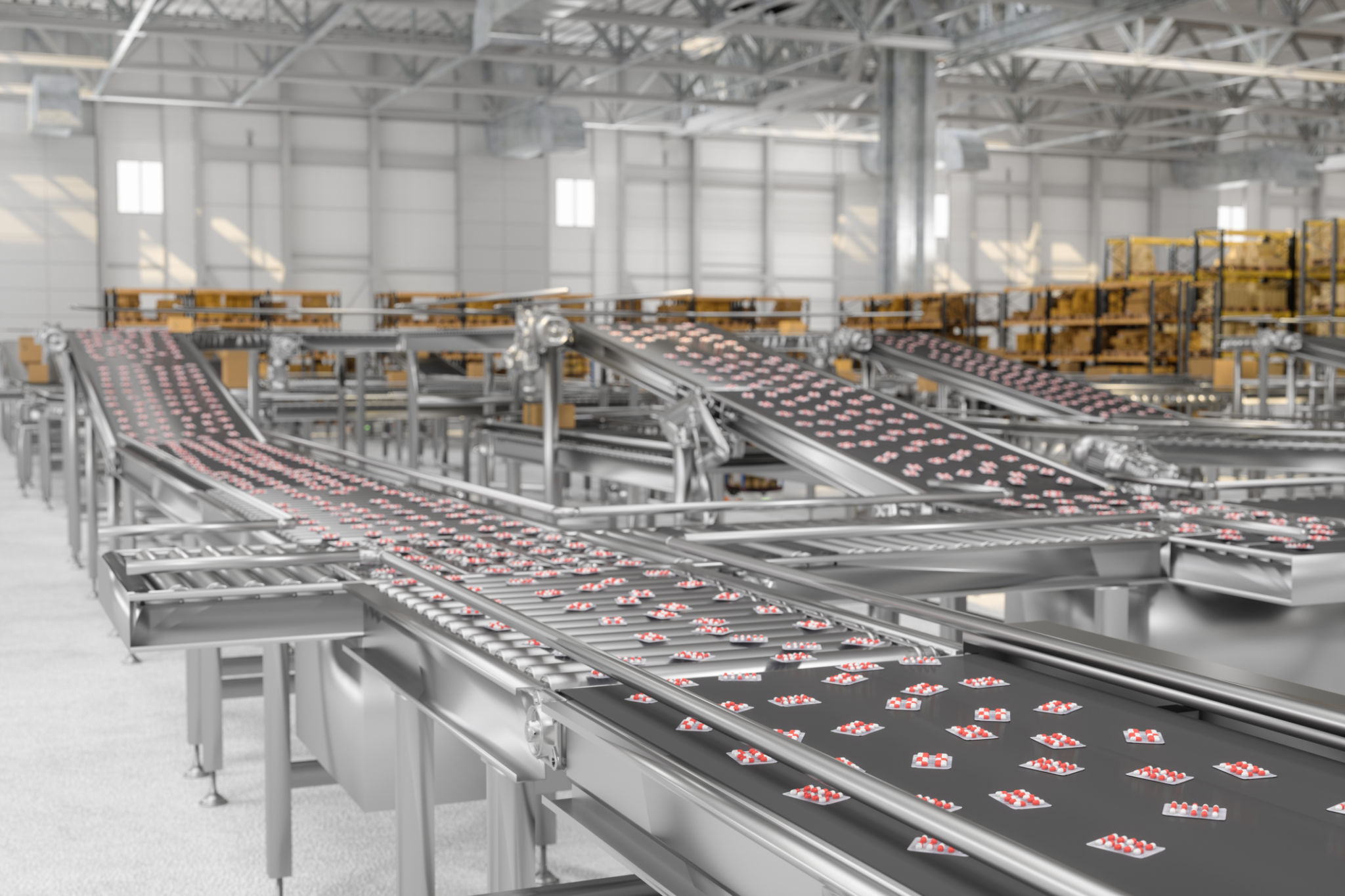Expert Tips: Choosing the Right Automation System for Your Plating Needs
Understanding Your Plating Requirements
Choosing the right automation system for your plating needs begins with a thorough understanding of your specific requirements. Each industry or business might have distinct needs based on the type of metal, the volume of production, and the complexity of the plating process. Identify the parameters that are crucial for your operations, such as the types of metals you work with, the desired finish quality, and any specific regulatory standards you must adhere to.
Consider the production volume and frequency of your operations. For businesses with high production demands, an automation system that supports rapid processing without compromising quality is essential. Meanwhile, smaller operations might focus more on flexibility and cost-effectiveness.

Evaluating System Features and Capabilities
Once you have a clear understanding of your needs, the next step is to evaluate the features and capabilities of available automation systems. Look for systems that offer advanced control over variables such as temperature, duration, and chemical concentration. These features can significantly impact the quality and consistency of your plating results.
An ideal system should also offer scalability. As your business grows, your plating needs may evolve. A scalable system ensures that you can expand capacity or capabilities without the need for a complete overhaul. Additionally, consider systems with user-friendly interfaces and robust data management features for easy monitoring and optimization of processes.

Considering Cost and Return on Investment
Cost is always a critical factor in choosing an automation system. However, it's important to consider not just the initial outlay but the total cost of ownership. This includes maintenance, energy consumption, and potential downtime costs. An efficient system might have a higher upfront cost but offer significant savings over time.
Calculate the potential return on investment by considering increased production efficiency, reduced waste, and improved product quality. A well-chosen system can lead to faster turnaround times, higher customer satisfaction, and ultimately, a stronger market position.

Ensuring Compatibility with Existing Infrastructure
Another crucial aspect to consider is how well the new automation system will integrate with your existing infrastructure. Compatibility with existing equipment and software can reduce installation costs and minimize disruption during implementation. Look for systems that can be easily adapted to your current processes or those that offer modular components to fit into different setups.
Discuss potential integration challenges with suppliers and seek their advice on customizing solutions to meet your specific needs. This proactive approach will help avoid unforeseen issues and ensure a smoother transition.
Seeking Expert Advice and Support
Choosing an automation system can be complex, especially if you're new to the technology. Engaging with industry experts or consultants can provide valuable insights and guidance tailored to your unique situation. Experts can help you navigate technical specifications, provide unbiased opinions on various systems, and even assist with implementation strategies.
Additionally, consider the level of support offered by manufacturers or suppliers post-purchase. Comprehensive training programs, responsive customer service, and reliable maintenance services are invaluable for ensuring that your automation system operates smoothly over its lifespan.

Conclusion
Selecting the right automation system for your plating needs is a multifaceted process that requires careful consideration of various factors. By thoroughly understanding your requirements, evaluating system capabilities, considering costs, ensuring compatibility, and seeking expert advice, you can make an informed decision that supports your business's success.
Remember that investing time in research and planning now can lead to significant long-term benefits, helping you achieve optimal efficiency and quality in your plating operations.
